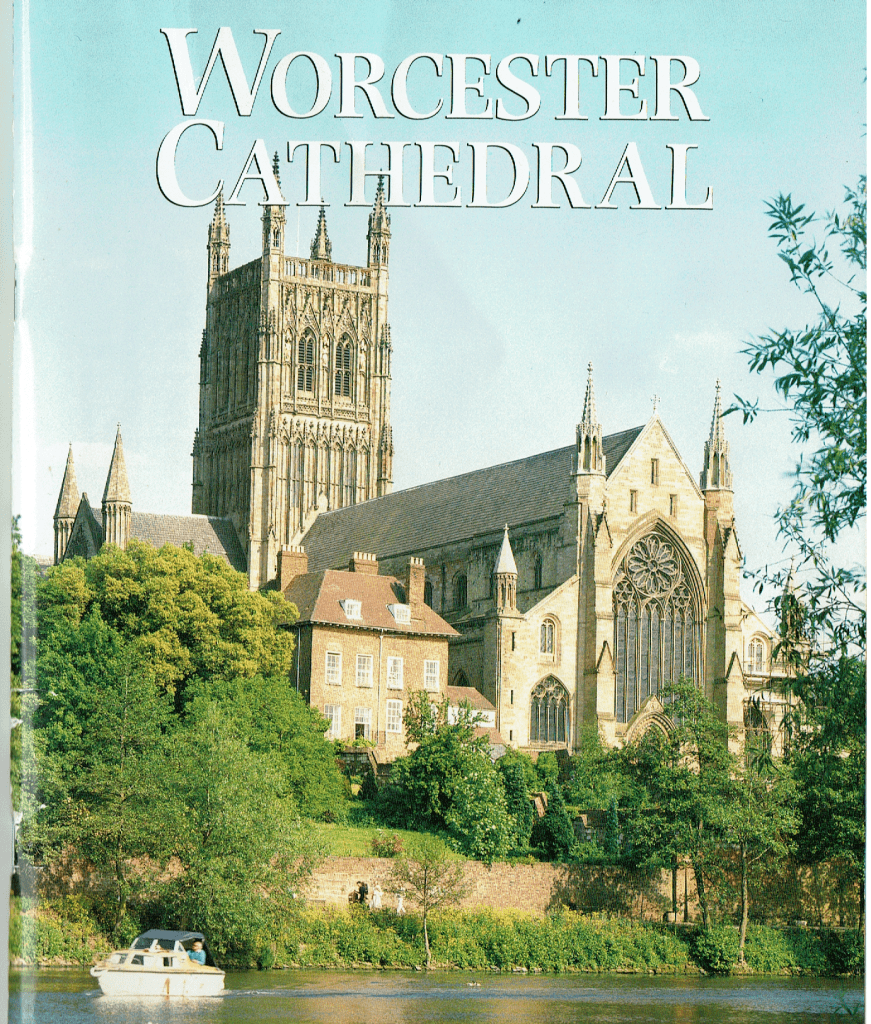
This the last of the ‘Worcester break’ sequence. Next week will return to the ‘Views of the Humber’ but may start a topic on ‘Cathedrals’ after that.
The diocese of Worcester was created in A.D.680 (s.p.b.). Nearly 300 years later a Benedictine monastery was founded, this on the site of the present cathedral, its church becoming the cathedral of the diocese. Pilgrims started to visit this site after the canonisation of Oswald in 992. In the 11th century this monastic cathedral was re-built under the guidance of Wulstan, destined to become Worcester’s second saint. The picture above is a drawing of what Wulstan’s monastic cathedral probably looked like, the only surviving evidence of what the second monastic cathedral was like is the crypt of the present church, said to be the largest Norman style crypt in this country.
The following century the building of the present church began, as with Hull Minster for example, in the nave and transepts.
Most of the present-day cathedral was built between the 12th and the 14th centuries making it a comparatively old building, however subsequent restorations externally have taken from the cathedral much of its sense of antiquity.
Worcester cathedral is very much ‘in the town’ with a busy city road passing close-by along the north side of the building.